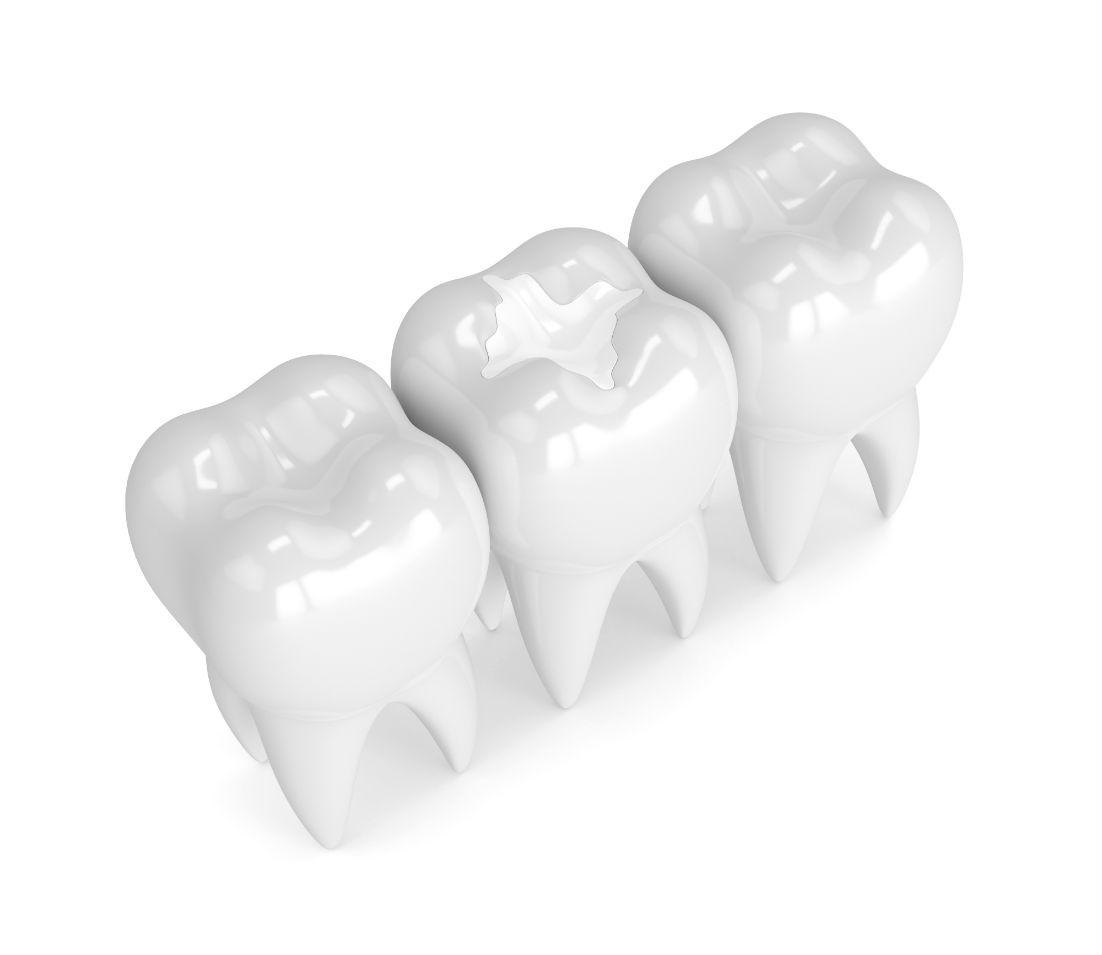
A dental sealant is a thin, protective plastic coating placed on the chewing surfaces of molars, premolars, and areas with deep grooves (pits and fissures). Since more than 75% of tooth decay starts in these grooves, sealing them can make a significant difference. Deep grooves are difficult to clean and prone to cavities. Sealants work by covering these areas, creating a smoother, easier-to-clean surface that helps guard against decay.
Sealants can provide long-lasting protection, but it’s important to have them checked regularly by your dentist for any signs of wear or chipping.
Who Should Get Sealants?
- Children and Teenagers: Recommended as soon as the permanent six-year molars emerge, or any time between ages 6 and 16 when teeth are most vulnerable to cavities.
- Adults: Beneficial for tooth surfaces that have deep grooves or depressions but no existing decay.
- Baby Teeth: Sometimes used if baby teeth have deep grooves and the child is at a high risk for cavities.
How Are Sealants Applied?
The application is quick and painless, usually taking just a few minutes per tooth:
- First, the teeth are thoroughly cleaned and dried. Cotton is placed around them to keep the area dry.
- A special solution is applied to the tooth enamel to help the sealant adhere.
- The teeth are rinsed and dried again.
- The sealant material is then carefully painted onto the chewing surface, filling the grooves or depressions.
- Depending on the type of sealant, it will harden either on its own or with the help of a special curing light.
Maintaining your sealants is simple: follow good oral hygiene, eat a balanced diet, and visit your dentist regularly to ensure your sealants continue to provide protection.

